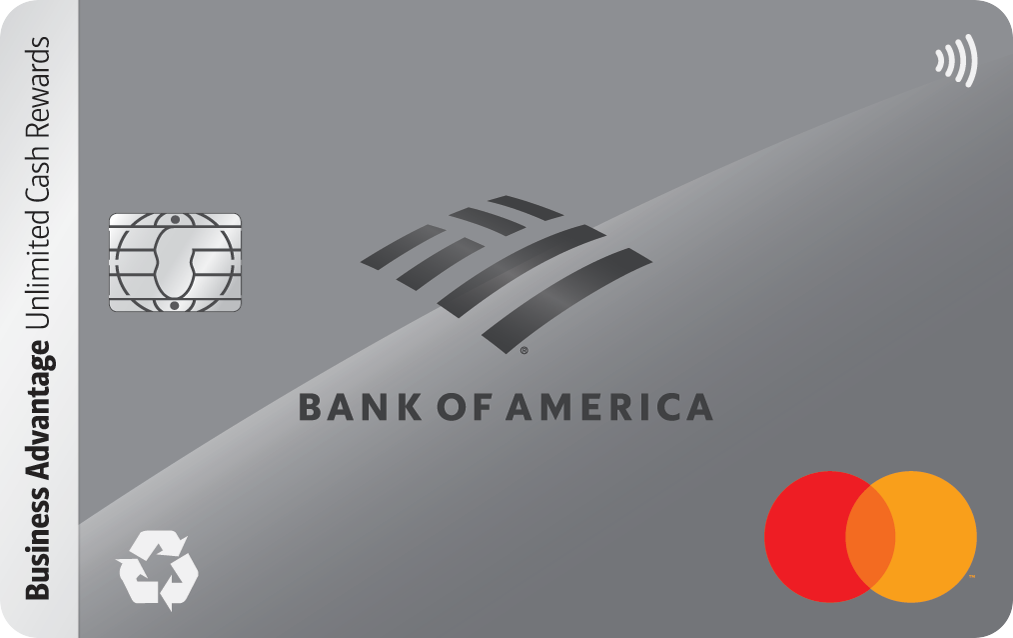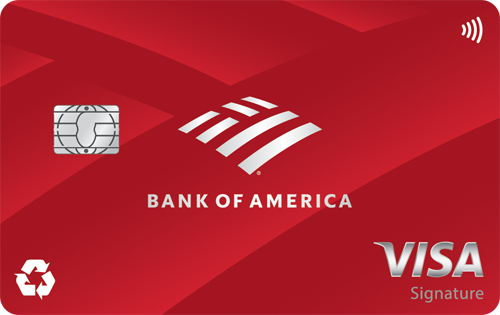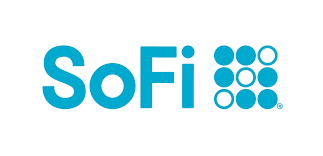Your $10,000 in Savings With Bank of America Is Doing You Zero Favors. How to Earn $300 More a Year

Image source: Getty Images
Keeping your money in a Bank of America savings account might seem like a great move. It's a known, trusted, reliable brand -- what could go wrong?
That's all true. The only problem is that with Bank of America, most people earn next to nothing in interest. I'm talking 0.01% APY for most customers -- which means they're getting exactly $1 in interest a year for every $10,000 they keep in their account.
On the other hand, top high-yield savings accounts (HYSAs) are offering APYs of 3.80% or higher -- meaning that same $10,000 could be earning you $380 or more.
Here's what to know, and how to make a change today.
Even Bank of America's max APY can't compete
Most Bank of America customers earn just 0.01% APY -- but even top customers are getting a terrible deal.
Bank of America's top savings tier, Diamond Honors, requires a daily account balance of at least $1 million. If you can manage that, you'll earn a measly 0.04% APY -- 10 times lower than the national average of 0.40%.
Here's how much you can earn with different accounts:
| Balance | Bank of America Standard APY (0.01%) | Bank of America Highest APY (0.04%) | National Average Savings APY (0.40%) | Top HYSAs APY (3.80%) |
|---|---|---|---|---|
| $10,000 | $1 | $4 | $40 | $380 |
Ready to ditch Bank of America? Open one of our favorite high-yield savings accounts today.
Smaller balances still rack up interest
Even if you don't have tens of thousands in the bank, switching to an HYSA can make a big difference.
Here's how much you can earn with an HYSA earning 3.80% APY:
- $8,000 = $304/year
- $5,000 = $190/year
- $2,000 = $76/year
Compare that with Bank of America's standard 0.01% APY, and we've got a clear winner:
- $8,000 = $0.80/year
- $5,000 = $0.50/year
- $2,000 = $0.20/year
The two HYSAs I'm always recommending
Ready to find the HYSA for you? Here are my two favorites, combining sky-high APYs with little or no account fees and minimum deposit requirements.
1. SoFi Checking and Savings (Member FDIC)
- Annual percentage yield (APY) of up to 4.30% on savings with direct deposit
- Up to $50 in no-fee overdraft coverage when you set up direct deposit
- Get paid up to two days early with direct deposit
- No account fees or minimum balance requirements
I can personally vouch for SoFi Checking and Savings (Member FDIC) -- I opened an account back in May and haven't regretted it for a second.
Aside from the high APY, I love how it has no account fees or minimums of any kind. I've also enjoyed checking out all of SoFi®'s other financial offerings, including student loans, personal loans, mortgages, and more.
Want to learn more? Read our full review of the SoFi Checking and Savings (Member FDIC) account today.
SoFi Checking and Savings
On SoFi's Secure Website.
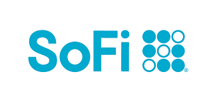
On SoFi's Secure Website.
- Competitive APY on both Savings and Checking
- No monthly account fee
- Welcome bonus up to $300 (direct deposit required)
- ATM access
- Unlimited number of external transfers (up to daily transaction limits)
- FDIC insured (up to $3M with opt-in to SoFi Insured Deposit Program)
- Early access to direct deposits
- Tools to help you track savings goals
- Combo account only; no stand-alone savings or checking
- Maximum Savings APY requires direct deposit
- No branch access; online only
- Overdraft protection requires monthly direct deposit minimum
For those who plan to set up direct deposit with their new account, we think SoFi Checking and Savings (Member FDIC) is hard to beat. Not only does this savings account offer a strong APY, but the linked checking account earns an above-average rate, too -- which is a rare perk. Plus, new customers earn a bonus of up to $300 with eligible direct deposit. Frankly, it's the kind of combo that could make it worthwhile to switch banking relationships.
2. CIT Platinum Savings
- 3.75% APY on balances of $5,000 or more
- No account opening or maintenance fees
- Minimum $100 deposit to open
- Interest compounds daily, so your money grows a little faster
Looking for a high APY without the bells and whistles? CIT Platinum Savings is the account for you.
It doesn't have all the extra perks of some other HYSAs, but it's a great choice if you're just looking to rack up interest. Just make sure to keep at least $5,000 in your account so you earn the maximum APY.
Ready to get started? Read our full review of the CIT Platinum Savings account today.
CIT Platinum Savings
On CIT's Secure Website.
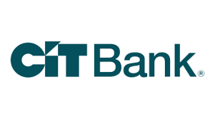
On CIT's Secure Website.
- Competitive APY
- No account opening or maintenance fees
- Unlimited number of external transfers (up to daily transaction limits)
- FDIC insured
- Interest compounds daily so your money can grow a bit faster
- Balance requirement for maximum APY
- No branch access; online only
CIT Platinum Savings is a no-frills high-interest savings account that offers one of the highest APYs we've found available today -- as long as you can maintain a $5,000 minimum balance. Plus, customers can make an unlimited number of transfers and withdrawals each month (many savings accounts have monthly limits). And right now, you can also score a cash bonus of up to $300 when you open a new account with promo code PS2025 and fund it within 30 days. Terms apply.
Platinum Savings is a tiered interest rate account. Interest is paid on the entire account balance based on the interest rate and APY in effect that day for the balance tier associated with the end-of day account balance. *APYs — Annual Percentage Yields are accurate as of November 20, 2025: 0.25% APY on balances of $0.01 to $4,999.99; 3.75% APY on balances of $5,000.00 or more. Interest Rates for the Platinum Savings account are variable and may change at any time without notice. The minimum to open a Platinum Savings account is $100.
Based on comparison to the national average Annual Percentage Yield (APY) on savings accounts as published in the FDIC National Rates and Rate Caps, accurate as of November 17, 2025.
For complete list of account details and fees, see our Personal Account disclosures.
Our Research Expert

